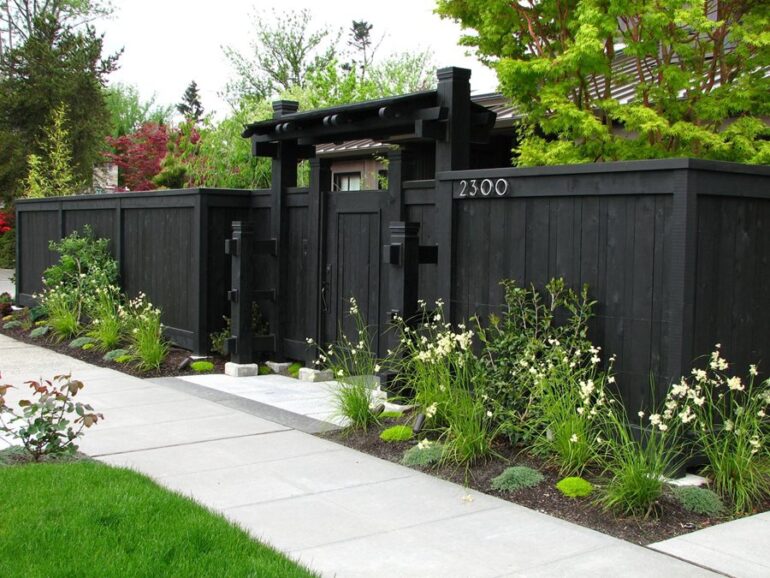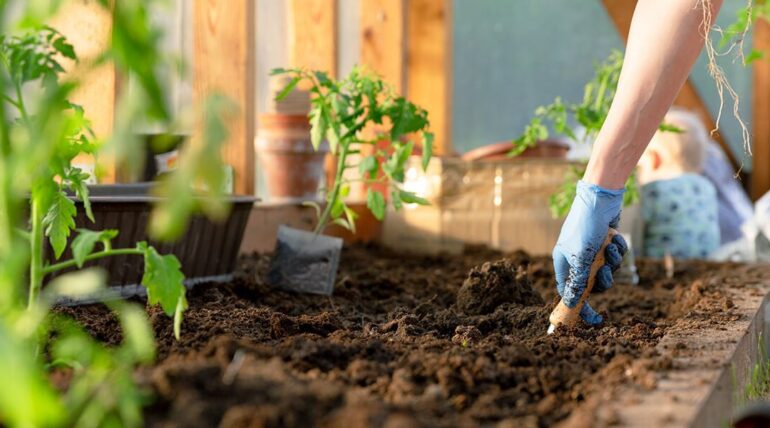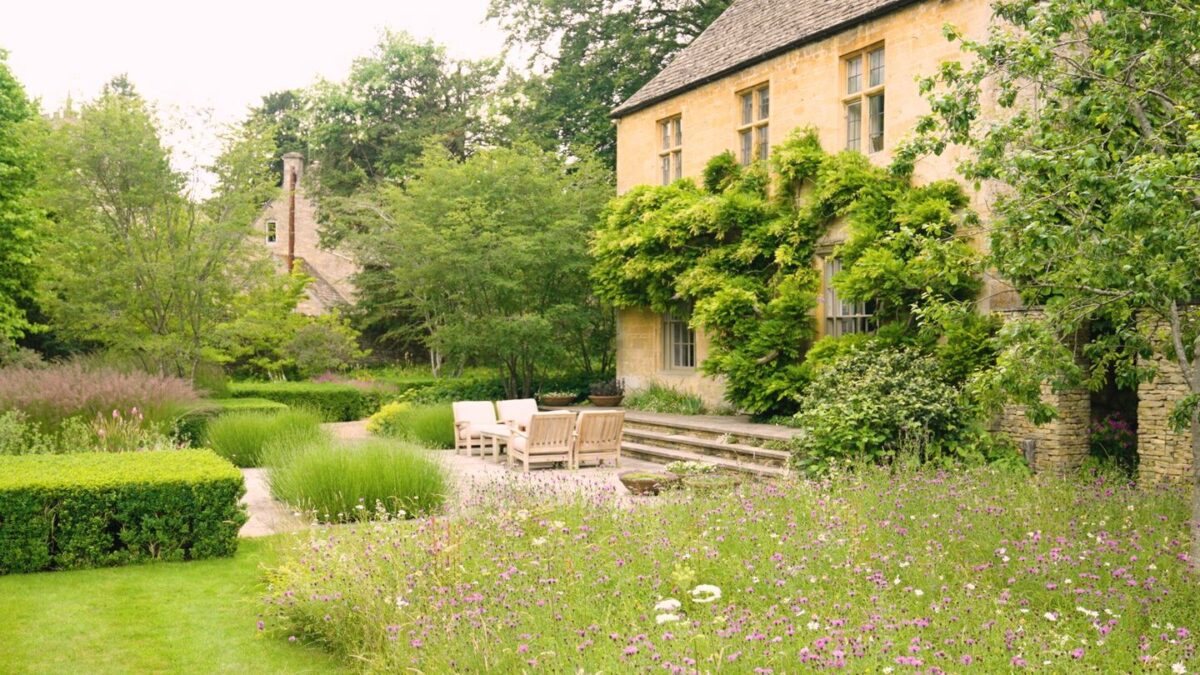The interplay between fencing and landscaping is often overlooked when creating a beautiful and functional garden. While most people think of landscaping as the plants, trees, and flowers that populate a garden, the role of fencing in garden design should not be underestimated.
In this blog, understand more about how fencing and landscaping can work together to create a harmonious garden design that enhances the beauty and functionality of outdoor spaces.
Defining the Space
The first step in creating a harmonious garden design is to define the space. Fencing plays a vital role in this aspect by creating boundaries and borders. It establishes the parameters of your garden, giving it a sense of structure and organization.
Whether you opt for traditional wooden picket fencing for a classic look or sleek modern metal fencing for a contemporary vibe, the choice of fencing material can significantly impact the overall aesthetic of your garden.
Privacy and Security

Fencing is not just about aesthetics; it also serves practical purposes. Depending on the height and style of fencing, it can provide privacy from prying eyes and enhance the sense of seclusion in your garden. This is particularly important if you live in a densely populated area or want to enjoy outdoor space without feeling exposed.
Moreover, fencing can add a layer of security to your garden by deterring potential intruders. It provides a barrier that can help protect your property and loved ones, giving you peace of mind while you enjoy your garden.
Enhancing Planting Design
Once you’ve established the boundaries with fencing, it’s time to bring in the landscaping elements. The plants, trees, and flowers you choose should complement the style and material of your fencing.
For example, a wrought-iron fence can be beautifully enhanced with climbing roses or vines, creating a romantic and timeless look. On the other hand, a modern steel fence might pair well with sleek, minimalist landscaping featuring ornamental grasses and succulents.
Consider the color palette of your fencing and how it interacts with the colors of your plants. A wooden fence, for instance, can harmonize wonderfully with the earthy tones of native plants, while a white vinyl fence can contrast vibrant flowers in a cottage garden.
Maintenance Considerations

When planning your garden design, it’s important to consider the maintenance requirements of both your fencing and landscaping elements. Some fencing materials may require regular staining or sealing, while certain plants may need frequent pruning or watering.
Choosing low-maintenance options for both can help you enjoy your garden without the burden of constant upkeep. Ecomposite Products offer a range of fencing solutions that not only provide the necessary boundaries and structure for your garden but also align with a sustainable and eco-friendly approach to outdoor design.
Their materials are designed to withstand the elements, reducing the need for frequent maintenance, and they come in various styles to suit your aesthetic preferences, whether you lean towards a classic or contemporary garden design.
Creating Functional Spaces
Fencing and landscaping are also crucial in creating functional spaces within your garden. Dividing your outdoor area into zones, such as a dining area, a play area, and a relaxation area, can make your garden more versatile and enjoyable.
Low hedges or shrubs can delineate different areas within the garden, creating a sense of separation without needing tall fences. This allows you to create a cohesive design that flows seamlessly from one zone to another while maintaining a harmonious overall look.






